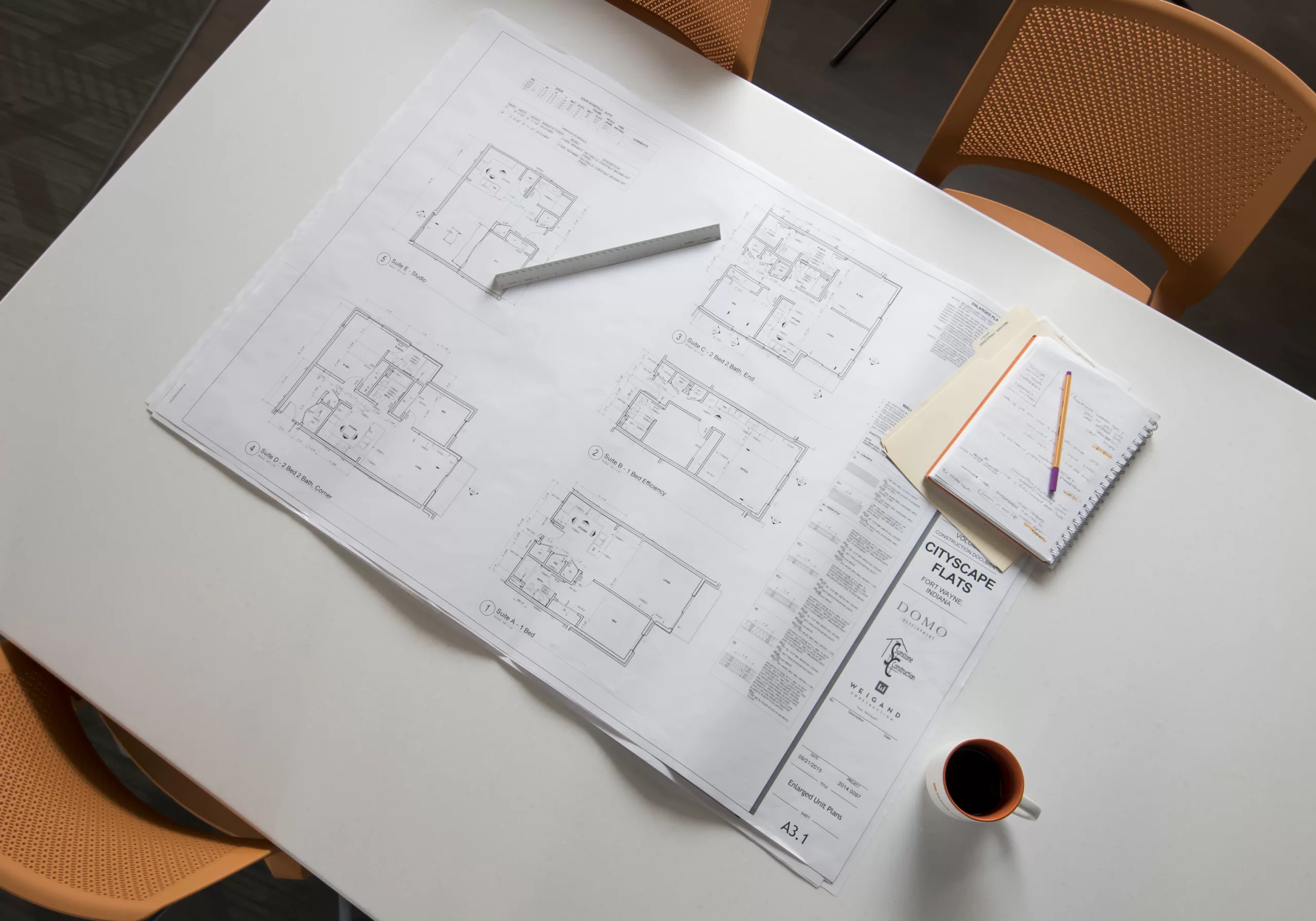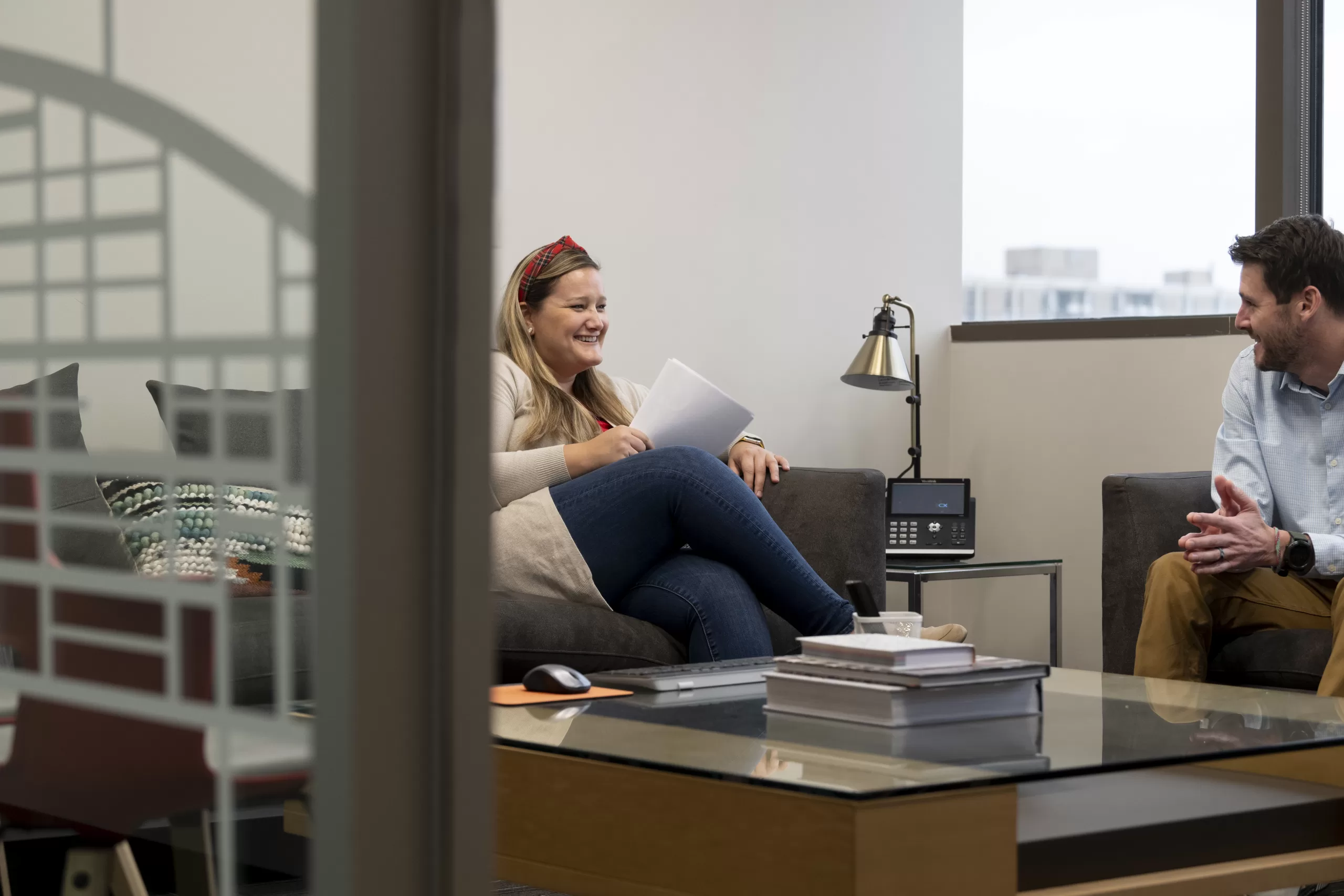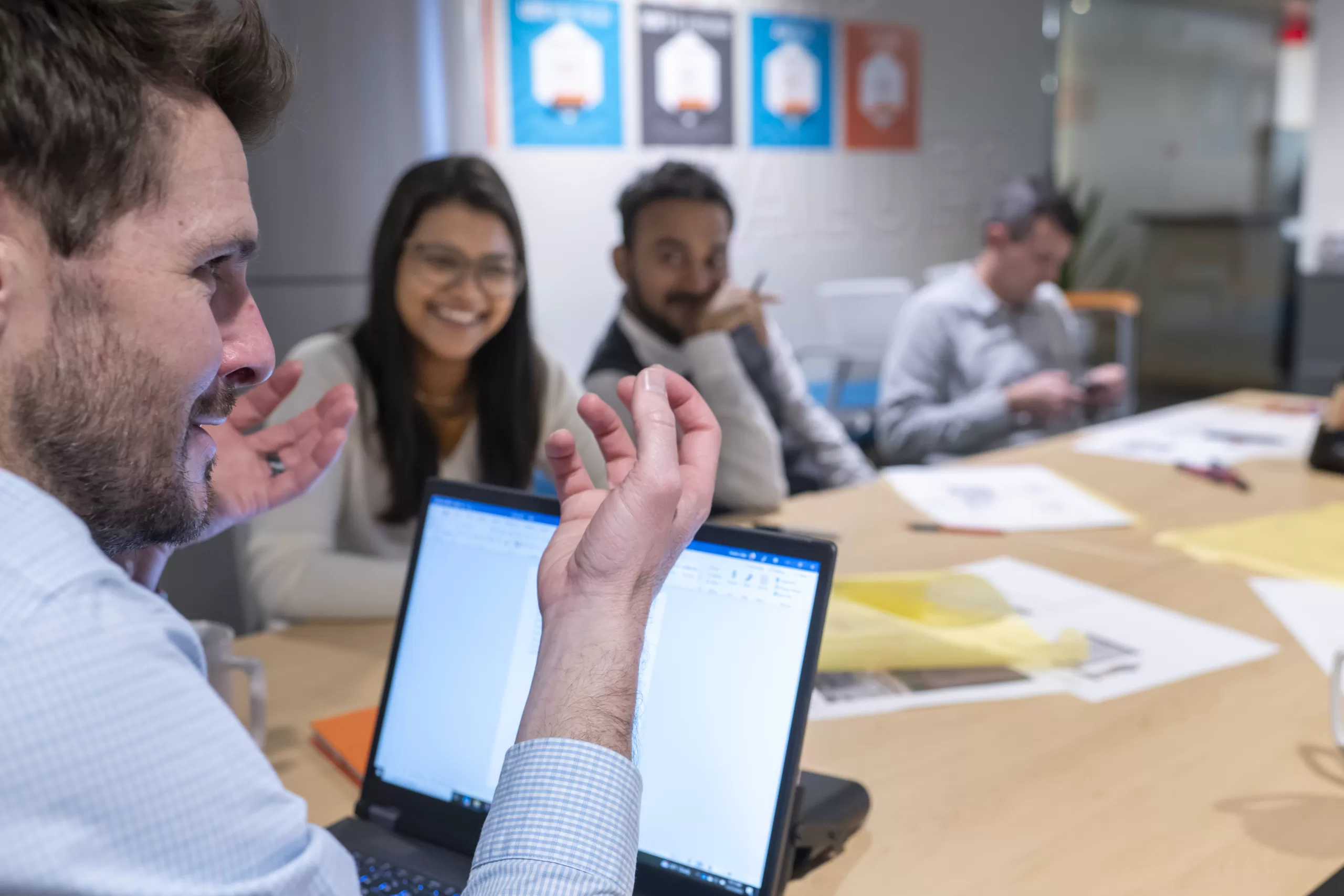Understanding the Three Essentials of a Successful Build Project: Quality, Cost, and Size
By Mike Niezer, RA Ron Dick, AIA, LEED AP
March 29, 2024 |
Starting a build project can be intimidating, even if you’ve done it before.There are so many factors that go into a successful project, so where do you even begin? We sat down with two experts in the design field, Ron Dick (Founding Partner and Architect) and Mike Niezer (COO and Architect), to talk about everything you need to know about the entire process. They discussed what to do before you start a project, the three essential parts of a project, developing a contingency plan, and how to set a realistic schedule for your project. Follow along with this series to hear what they have to say about each step in the process. In our first post, “Before you Start: Setting your Project up for Success,” we began with why it’s critical for architecture and design teams to ask questions and really listen to the answers BEFORE getting started.
|



